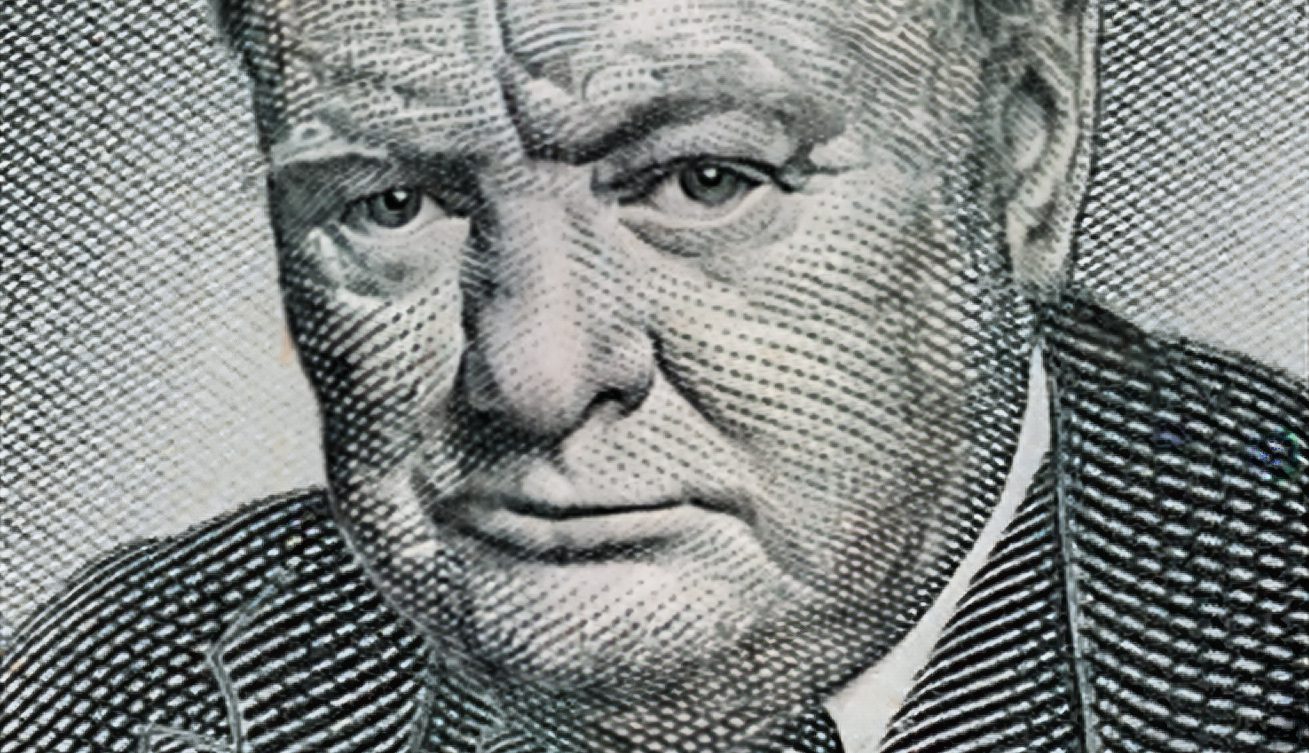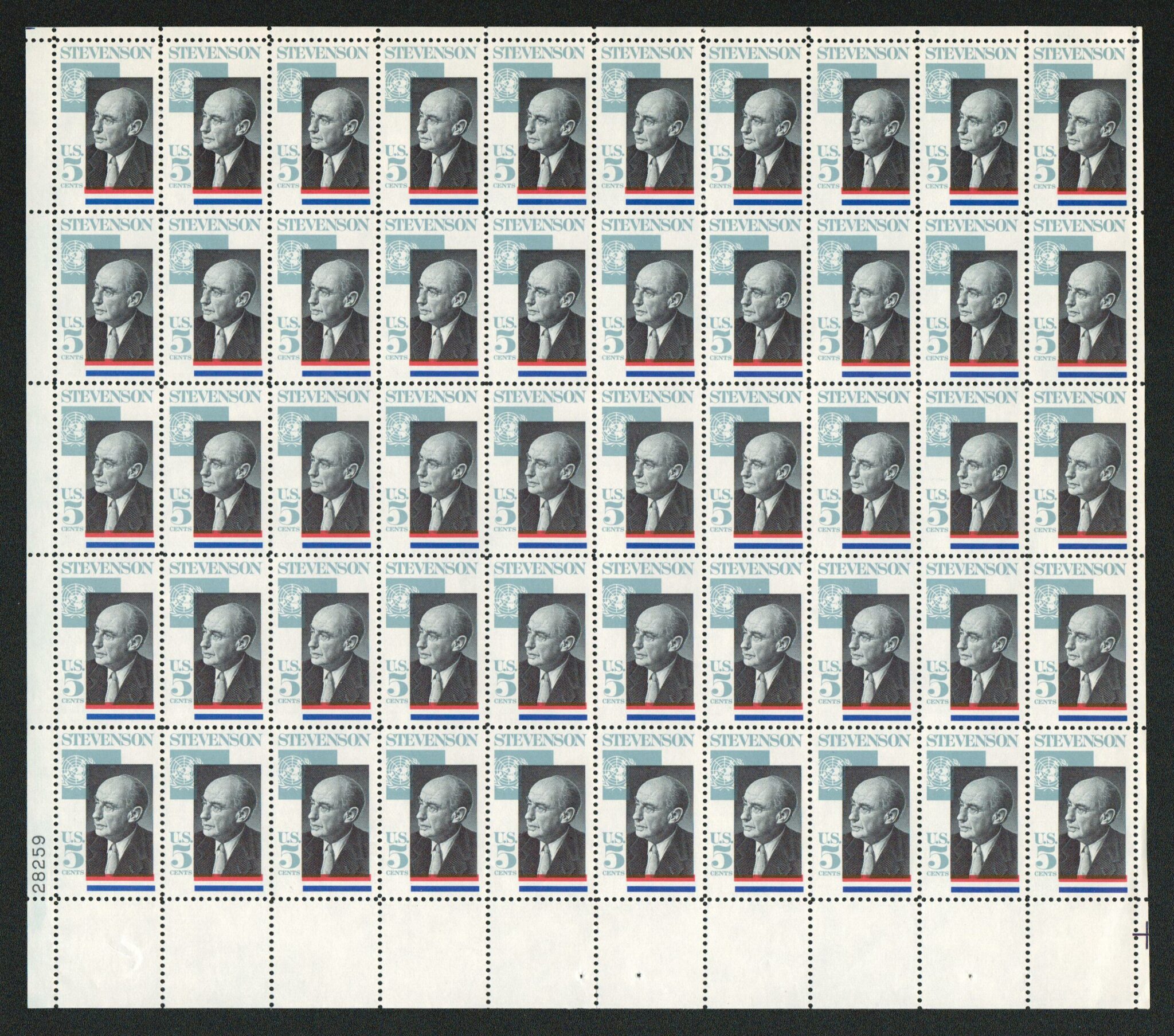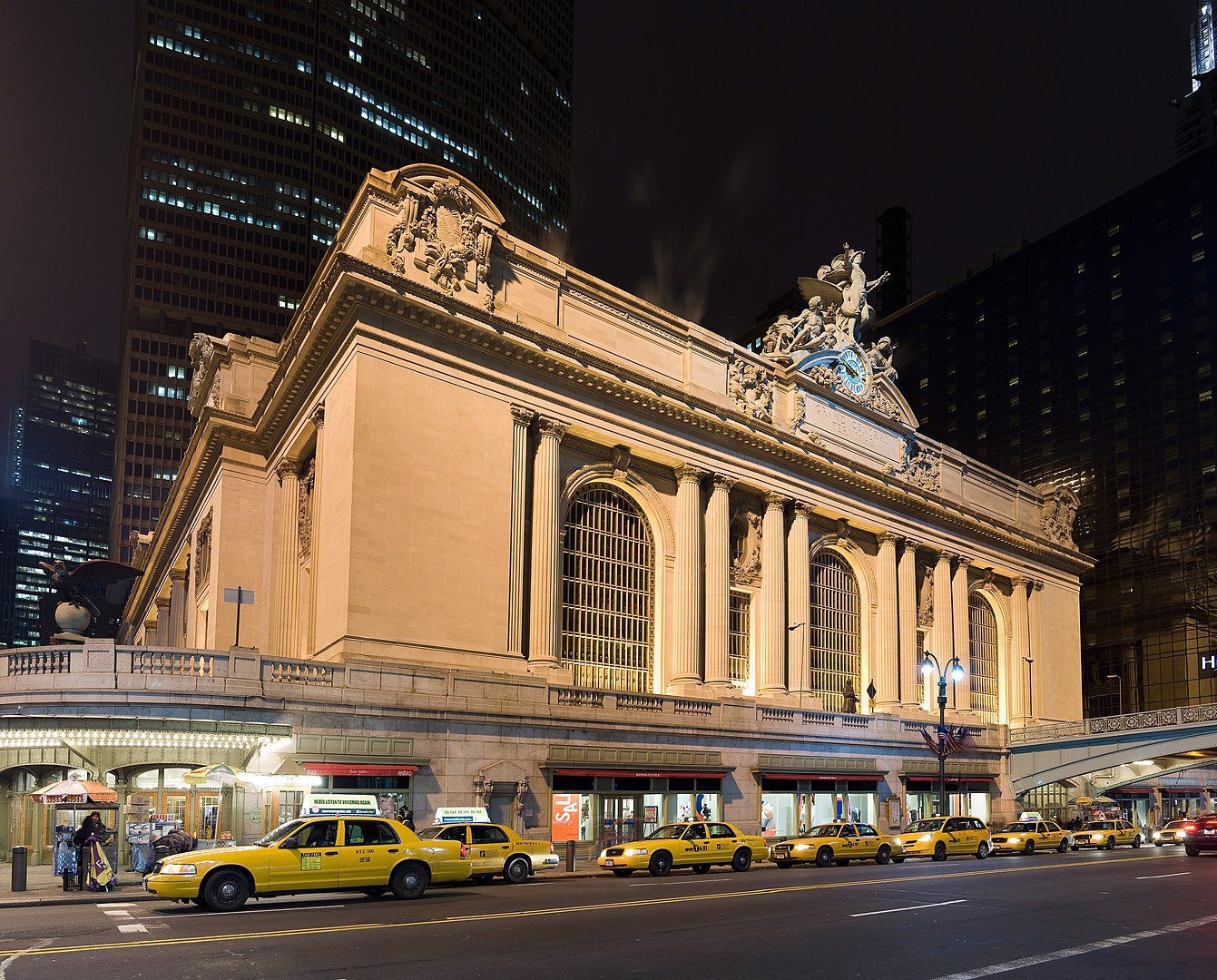Dedication of Jefferson Memorial
On April 13, 1943, the Jefferson Memorial in Washington, DC, was officially dedicated. The dedication occurred on Jefferson’s 200th birthday in a short ceremony in the midst of WWII.

On April 13, 1943, the Jefferson Memorial in Washington, DC, was officially dedicated. The dedication occurred on Jefferson’s 200th birthday in a short ceremony in the midst of WWII.

After suffering a series of heart attacks, former president Dwight D. Eisenhower died of heart failure on March 28, 1969. He commanded the Allied Expeditionary Force in WWII and served as our 34th president.

One of the greatest scientific minds in human history, Albert Einstein was born on March 14, 1879, in Ulm, Württemberg, Germany. During his lifetime, Einstein wrote more than 300 scientific papers and received a number of awards, honors, and honorary degrees.

On March 11, 1941, Franklin Roosevelt signed the Lend-Lease Act to provide aid to Allied forces in World War II. Over the course of the war, the US provided $50.1 billion worth of supplies to our Allies.

On March 5, 1946, Winston Churchill gave one of his most famous speeches, in which he used the phrase, “iron curtain” to describe the communist boundary in Europe.

Politician Adlai Stevenson II was born on February 5, 1900, in Los Angeles, California. He was a popular governor of Illinois and US ambassador to the United Nations.

Aviation pioneer Charles Augustus Lindbergh was born on February 4, 1902, in Detroit, Michigan. He was the first person to fly solo non-stop across the Atlantic Ocean and helped to promote and expand aviation and airmail.

At 12:01 a.m. on February 2, 1913, Grand Central Terminal officially opened in New York City. Today it’s the third busiest train station in North America and has more platforms than any other in the world, with 44.

On February 1, 1942, Voice of America provided its first international broadcast. It provided important news and entertainment throughout the war and is still in operation today.